MERS Coronavirus Surveillance & Alert System in Qatar Radiology Dept
VerifiedAdded on 2022/08/27
|10
|422
|159
Presentation
AI Summary
This presentation details a study on the efficiency of a MERS coronavirus (MERS-CoV) surveillance protocol implemented in the Emergency and Radiography Departments of Hamad General Hospital, Qatar. The background highlights MERS as a moderate-to-severe respiratory syndrome characterized by fever, dyspnea, and cough. The research focuses on containing cross-infectivity within the departments, especially during emergencies when minimizing patient risk is paramount. The methodology involved a retrospective chart review of patients with suspected MERS-CoV over a month and the development of a triage system based on international guidelines. The results showed the surveillance protocol significantly reduced the number of patients requiring MERS-CoV testing and helped providers identify high-risk patients and modify radiographers' care protocols. The conclusion emphasizes the efficiency of the protocolized surveillance system in reducing the burden of MERS-CoV on the Emergency Department by improving the identification and prioritization of high-risk patients.
1 out of 10
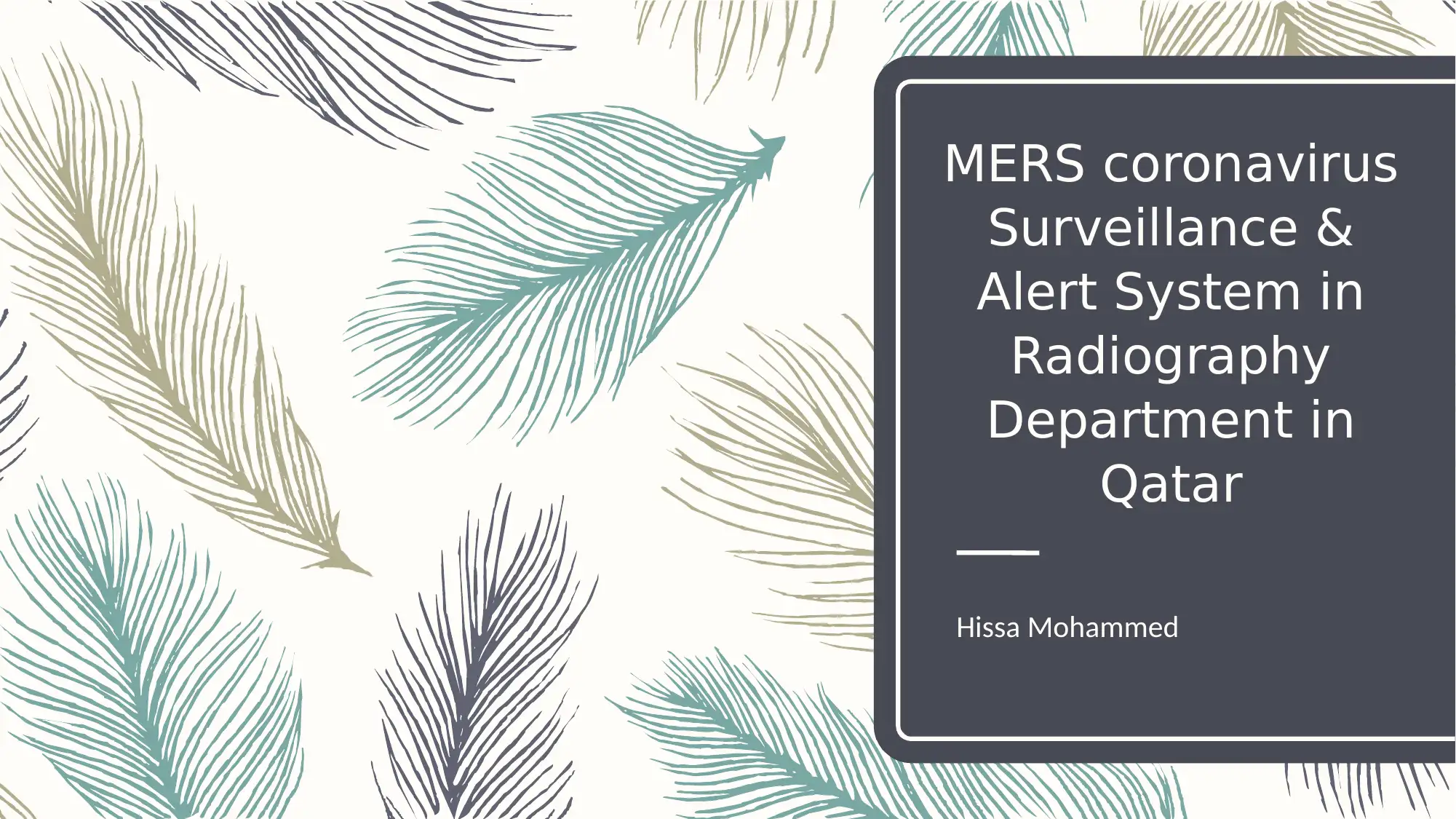
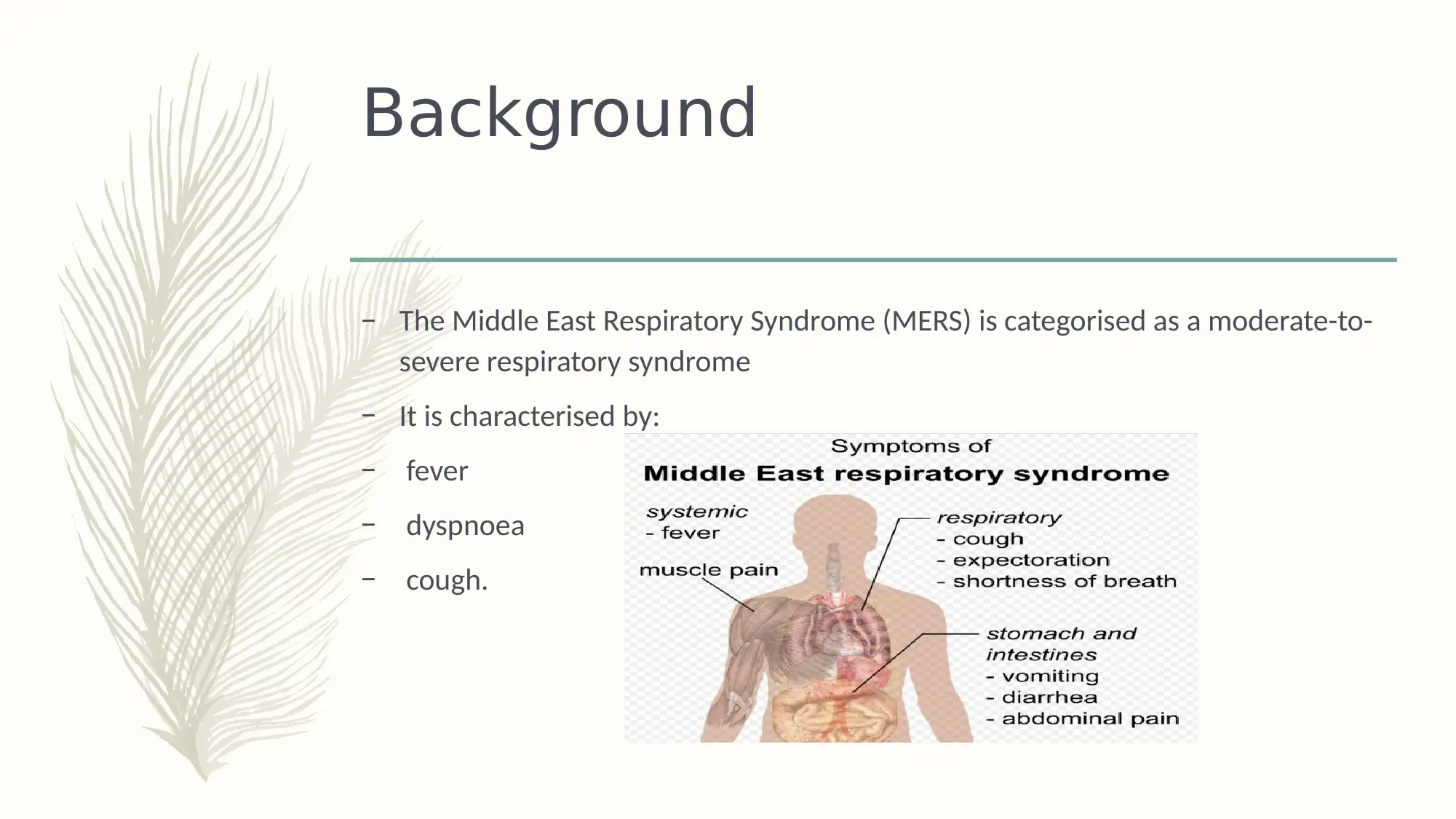
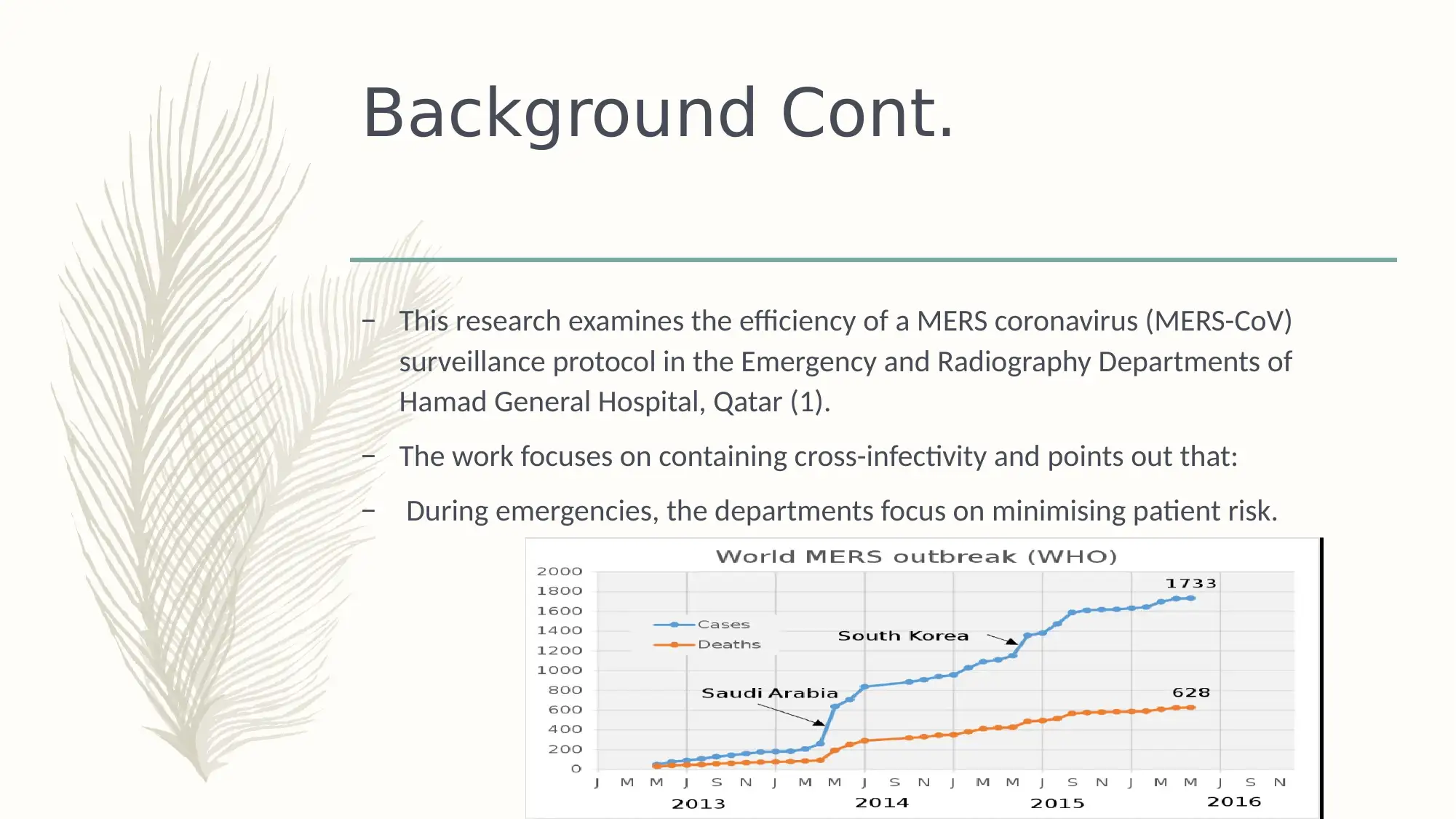

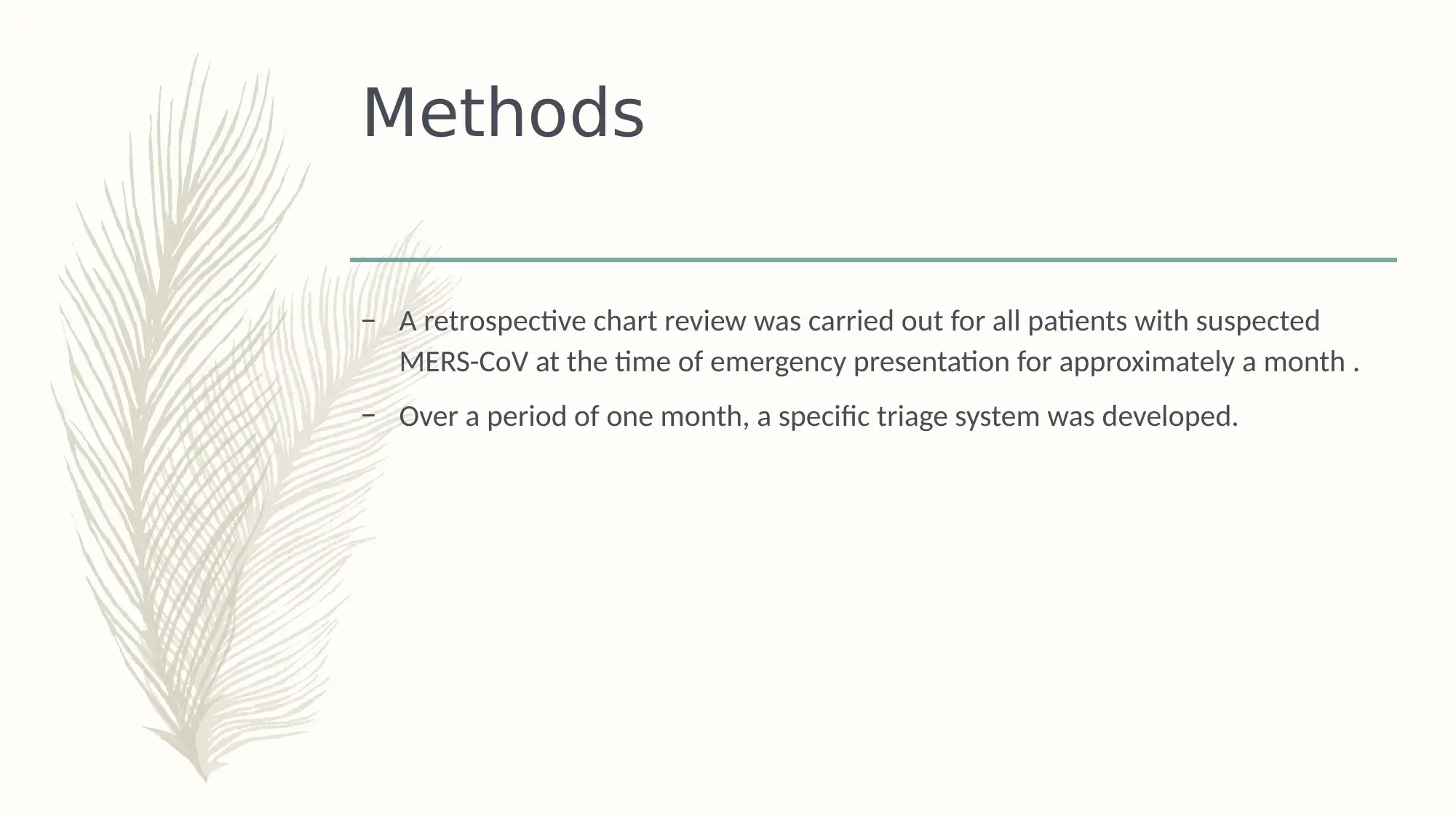
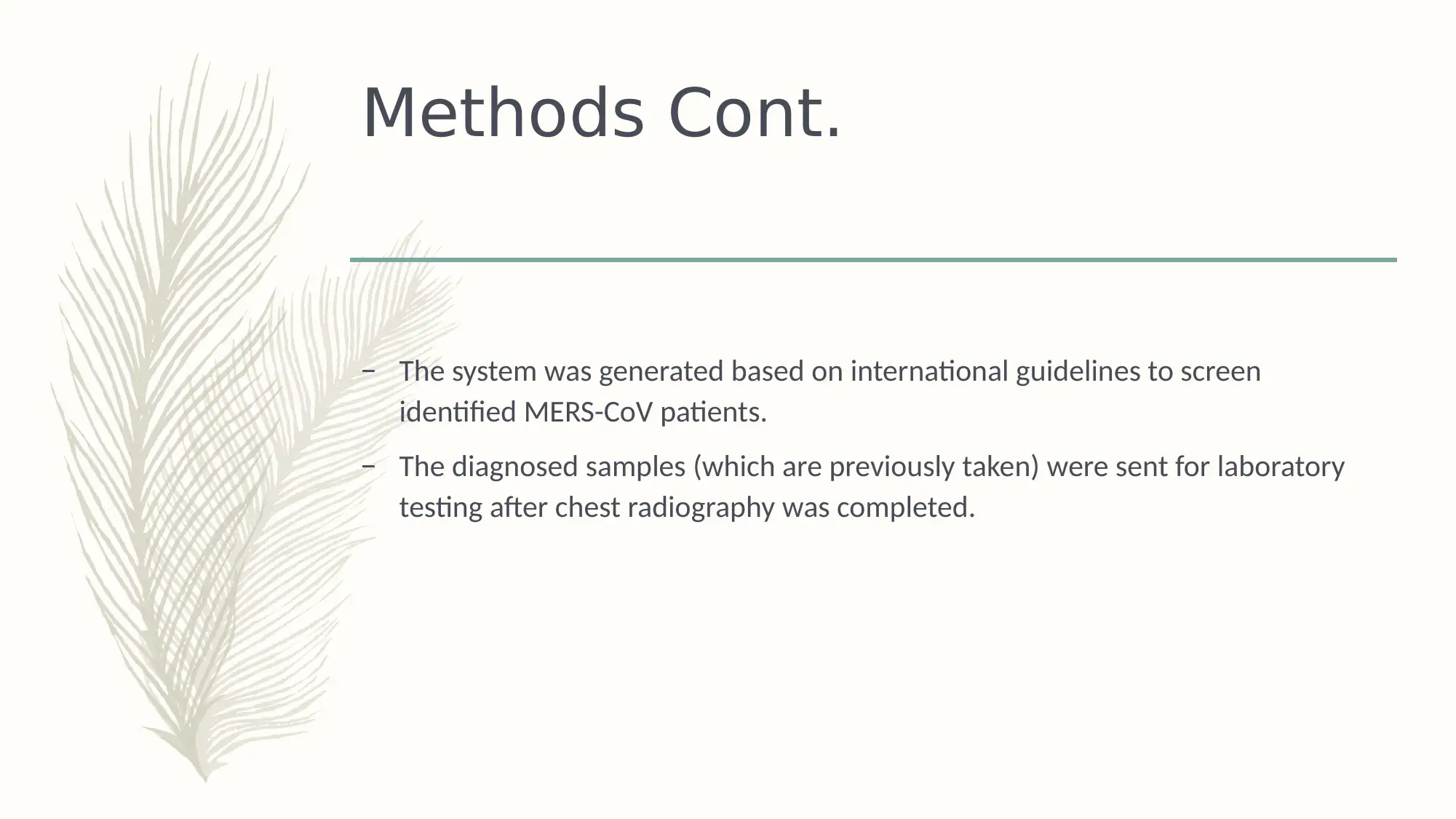
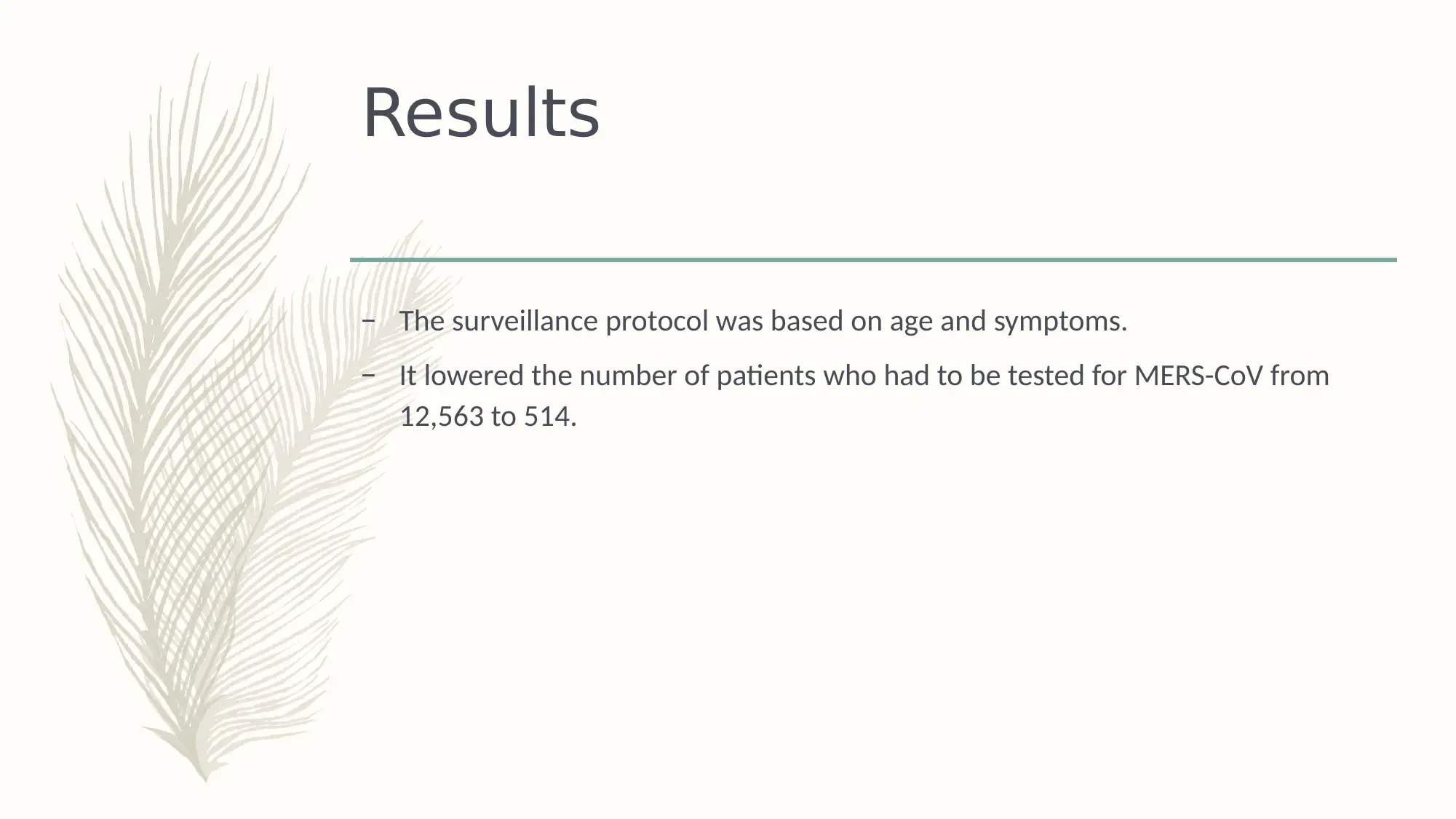
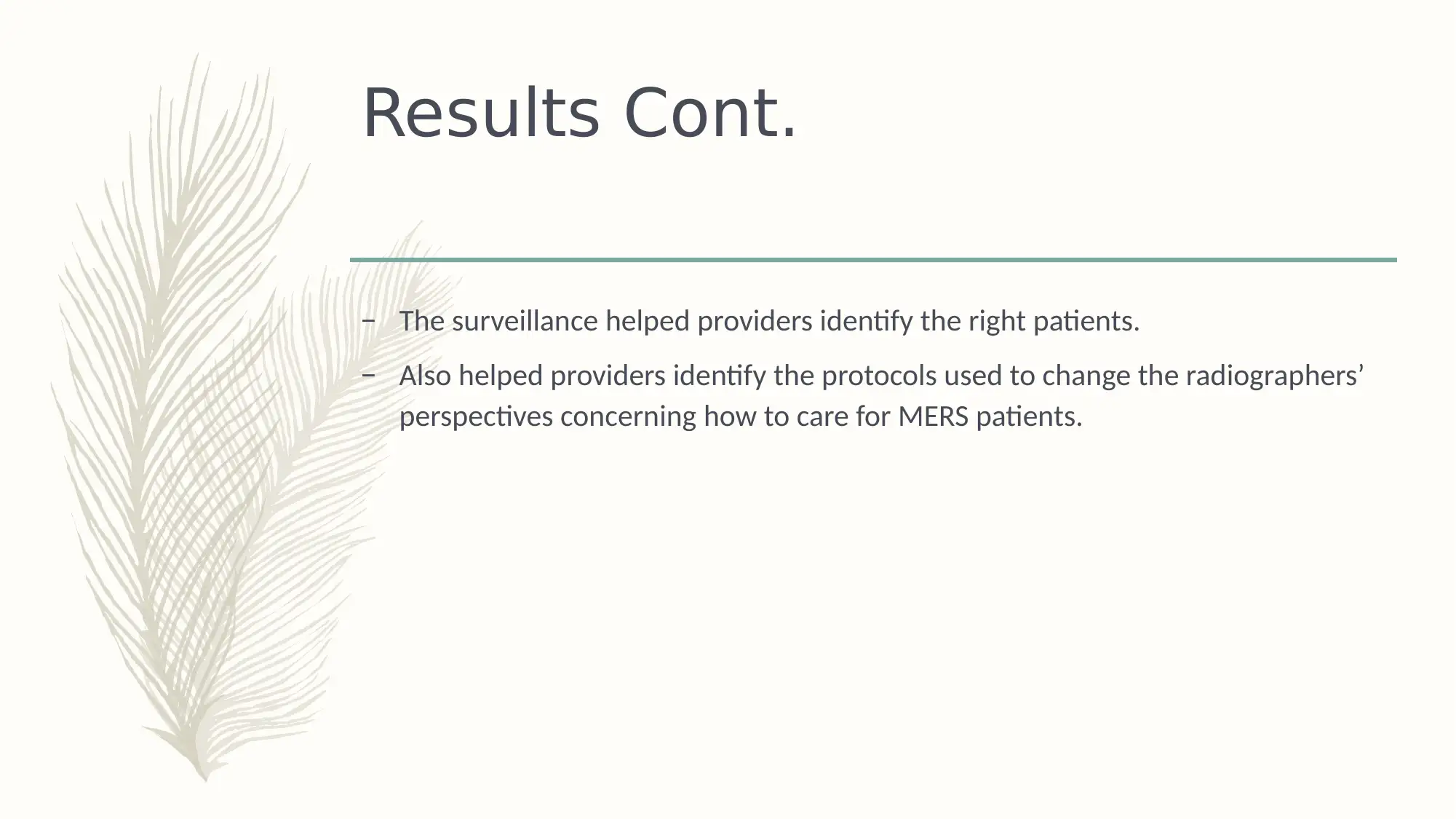
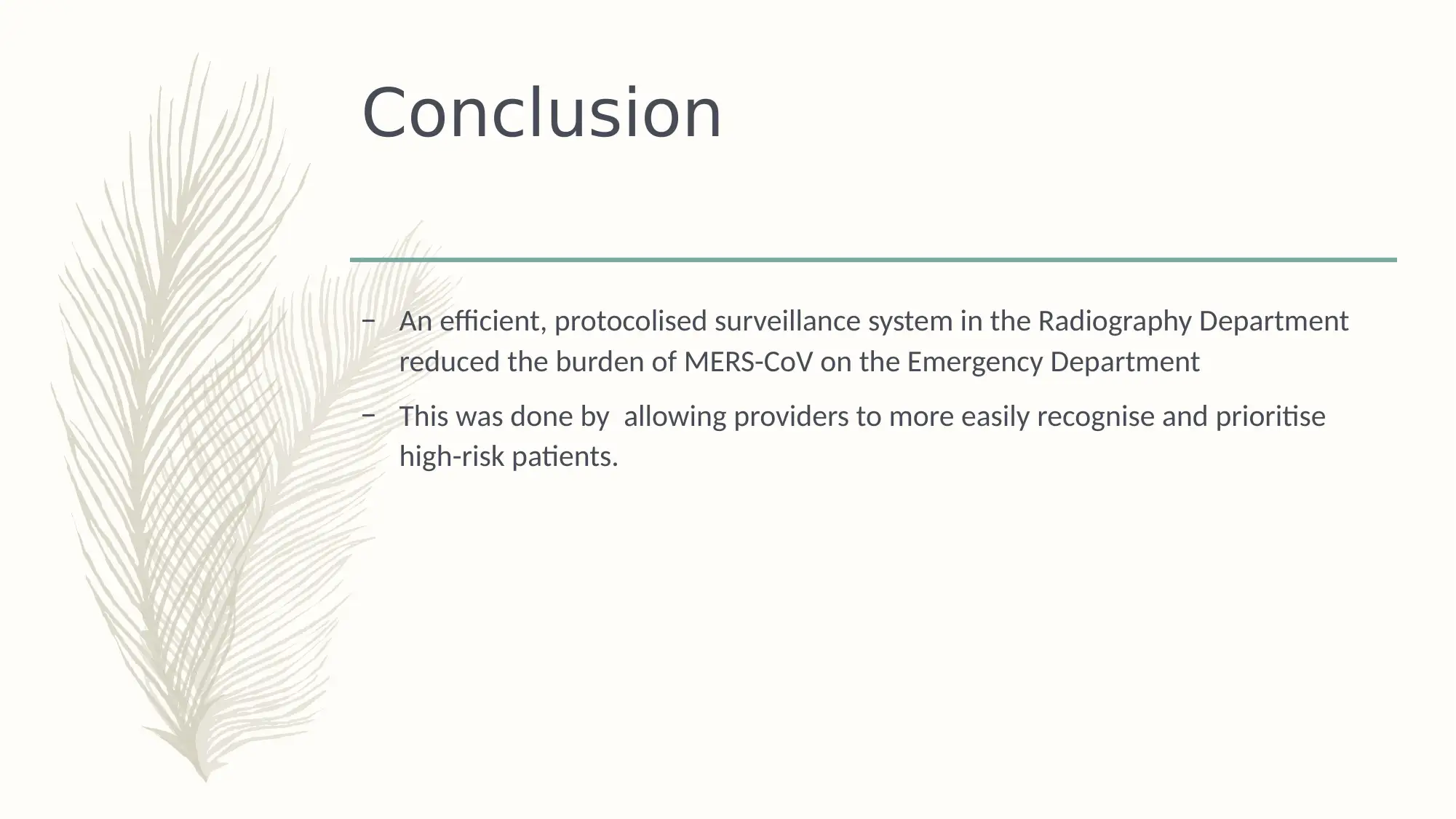
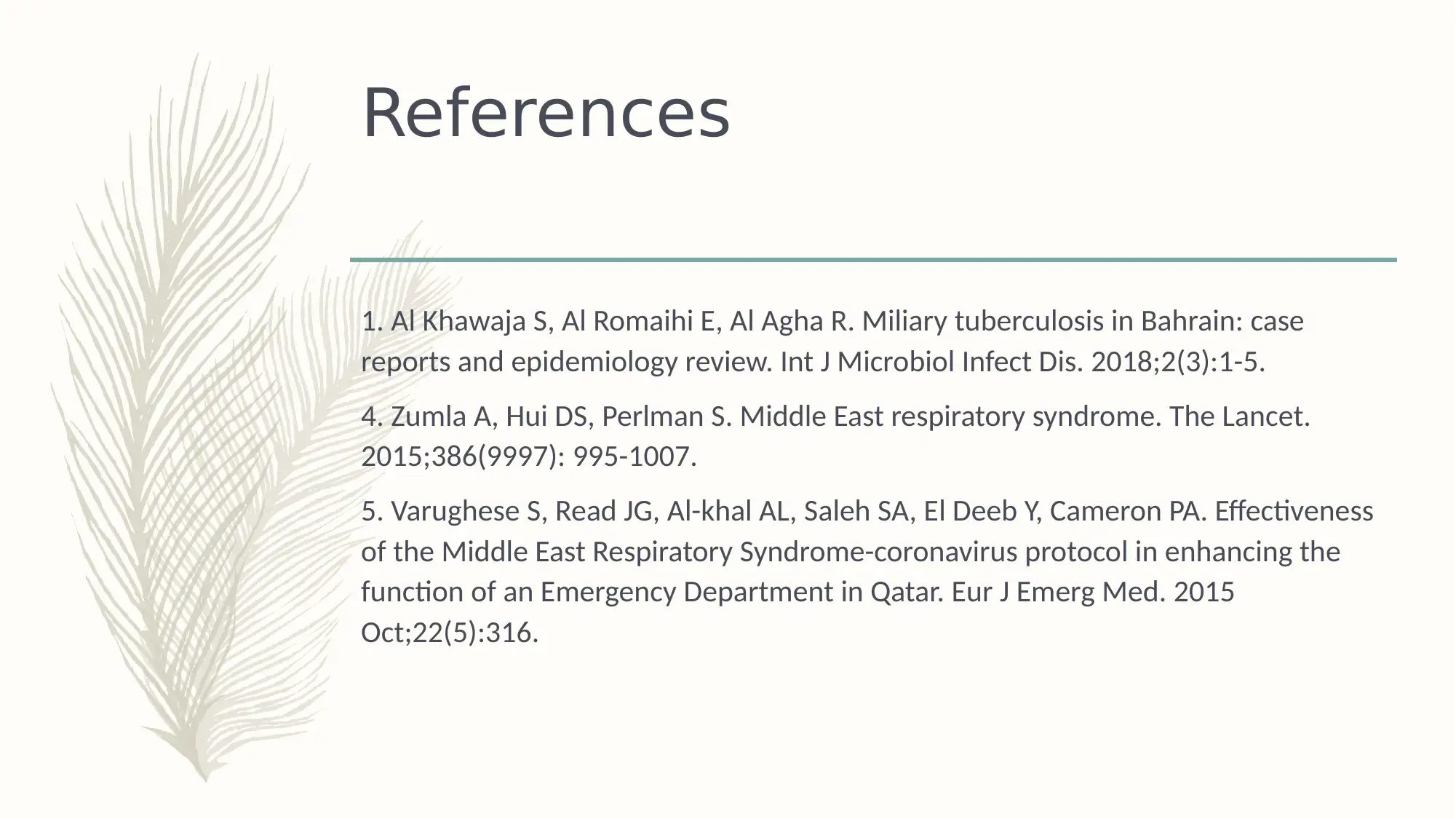
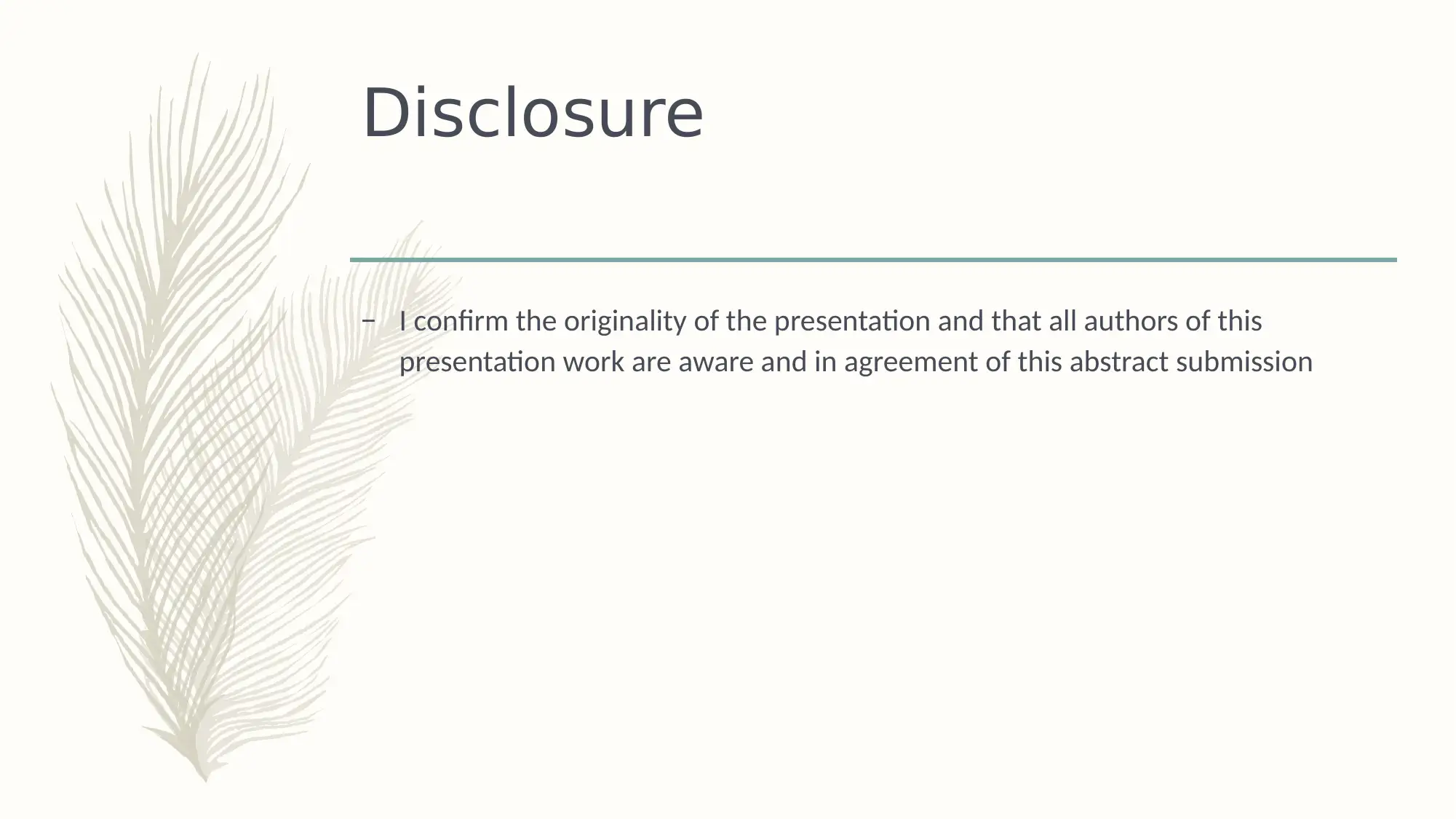






![[object Object]](/_next/static/media/star-bottom.7253800d.svg)